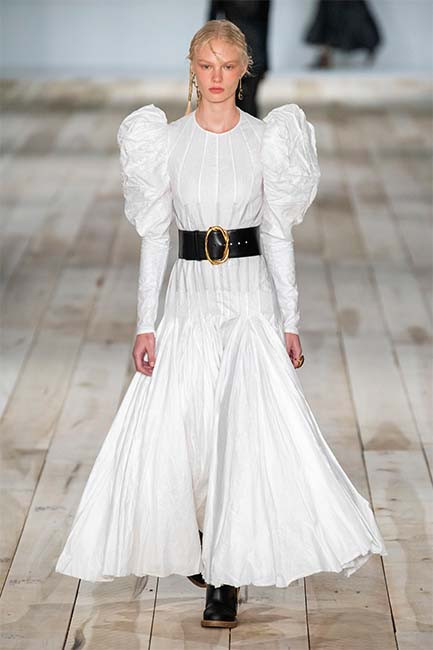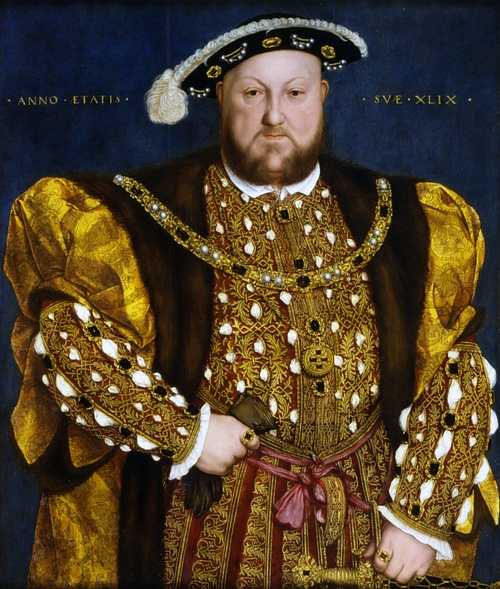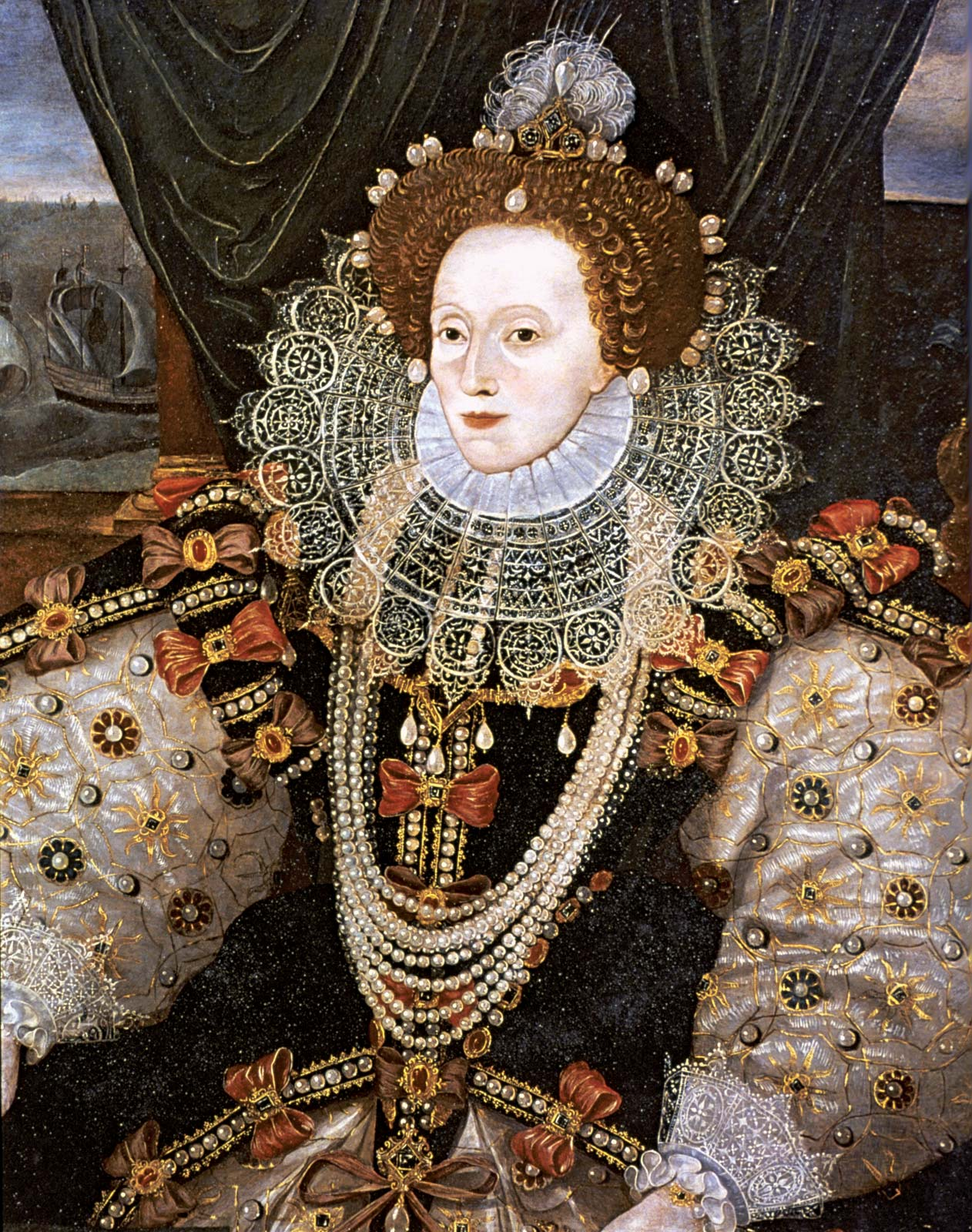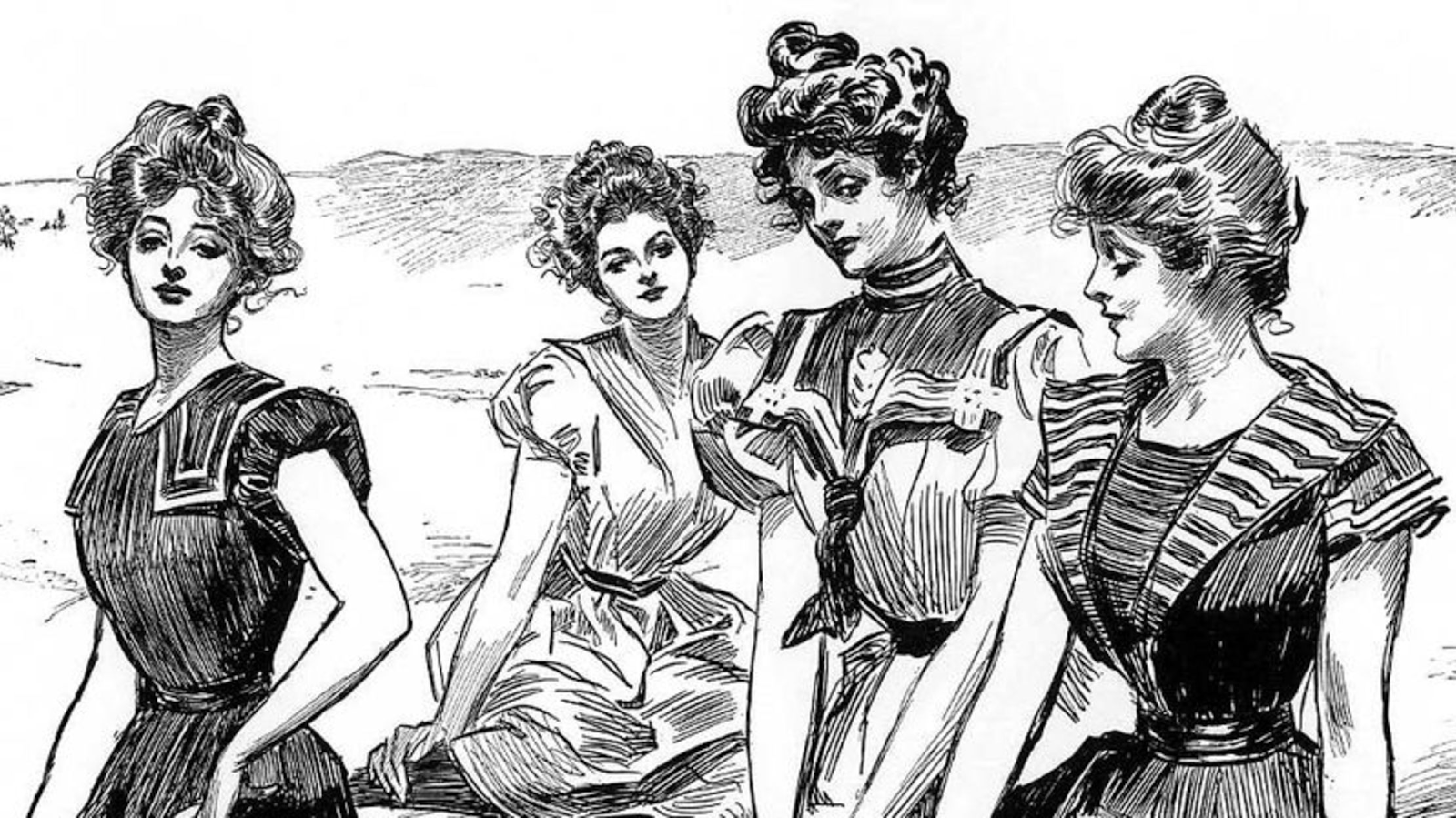A STITCH In Time: Evolution of the Puff Sleeve
Graphic by Bailey Richards.
In “Anne of Green Gables,” the titular character, Anne Shirley, begs her adoptive parents for a dress with puff sleeves.
"Puffed sleeves are so fashionable now. It would give me such a thrill, Marilla, just to wear a dress with puffed sleeves," she says.
Image via Official Anne of Green Gables website.
Juliet sleeves, Alexander McQueen 2020. Image via Grazia India.
“Anne of Green Gables” was set in the late 19th century on Prince Edward Island, off the coast of Canada. Considering how distant the time and place of this setting are to my 21st-century Texan self, I was thrilled that I could hop in the car to Target and pick up a puff sleeve sweater right after finishing the novel. Puff sleeves have had a huge resurgence in the last few years. However, they never actually left the public consciousness. We continue to be drawn to puff sleeves because of all they symbolize: power, virtue and romanticism.
Puff sleeves date back to the Renaissance period of Europe, from the 14th to the 17th century. This form of the puff sleeve was called the Juliet sleeve, named after Shakespeare’s heroine in “Romeo and Juliet.” It features a large puff near the shoulder that narrows for the rest of the arm’s length.
King Henry VIII in puff and pane sleeves. Image via the World History Encyclopedia.
Elizabeth I. Image via Brittanica.
The Tudor period of England, 1485 to 1603, introduced huge puff sleeves intended to signify the magnificence of the monarchy and its livery, all the individuals who served the Crown. According to Eleri Lynn, curator of the Royal Ceremonial Dress Collection of the Historic Royal Palaces, sumptuary laws in this time period regulated how the English populace was supposed to dress depending on social status. It’s estimated that in this time period, King Edward IV spent between five and six million pounds per year, in today’s currency, on the royal wardrobe. Monarchs who didn’t dress as opulently, such as Henry VI, were simply taken less seriously because “outward magnificence was inward virtue made tangible.” Lynn says that monarchs even wore “puff and pane sleeves” with slashes through them to signify that they were rich enough to have expensive garments underneath.
Gibson Girls. Image via Mental Floss.
After a brief hiatus, puff sleeves returned to the scene in the early 19th century, this time for upper middle class women in England, Canada and the United States. These were large puffs that narrowed tightly at the lower arm. They were called mutton sleeves, or Gigot sleeves in French, because they resembled a leg of lamb. When Anne of Green Gables asked for puff sleeves, she was probably referring to mutton sleeves because of how popular they were for young girls in her time. Some people called them imbecile sleeves because the puffs were so big that they made it difficult to walk through doors. It’s important to question why puff sleeves garnered such a derogatory name after becoming associated with middle-class women.
A 1930s advertisement. Image via Stephi LaReine.
In the United States, mutton sleeves were also popularized by the archetype of the Gibson Girl. This character was created by the illustrator Charles Dana Gibson and widely published in national publications and advertisements throughout the late 19th century and early 20th century. Toward these later years, mutton sleeves were traded out for short, less voluminous puff sleeves.
Puff sleeves briefly returned to the scene in the 1930s as a direct response to the minimalist clean cuts of the 1920s. The Juliet sleeve returned again in the late 1960s after the release of Zeffirelli’s film rendition of “Romeo and Juliet.”
The 1980s saw the next major resurgence of the puff sleeve with ‘80s camp and maximalism. Joan Collins sported puff sleeves in the hit television serial “Dynasty.” Characters Rachel Green and Monica Geller from “Friends” wore puff sleeves to their prom. Princess Diana’s wedding dress featured gigantic puff sleeves, matched by a train that was equally impressive in size. As opposed to Tudor England when only royalty were allowed to wear puff sleeves, classes blended together in this period. The general populace was finally able to claim this fashion statement, announcing to the world that they were worthy of taking up space.
Puff sleeves reappeared in spring of 2018 and seem to be here to stay. They’ll likely never go out of style, as long we appreciate their ability to communicate that we’re loud and proud of it.
Katie Holmes. Image via Who What Wear.
Image via POPSUGAR.












